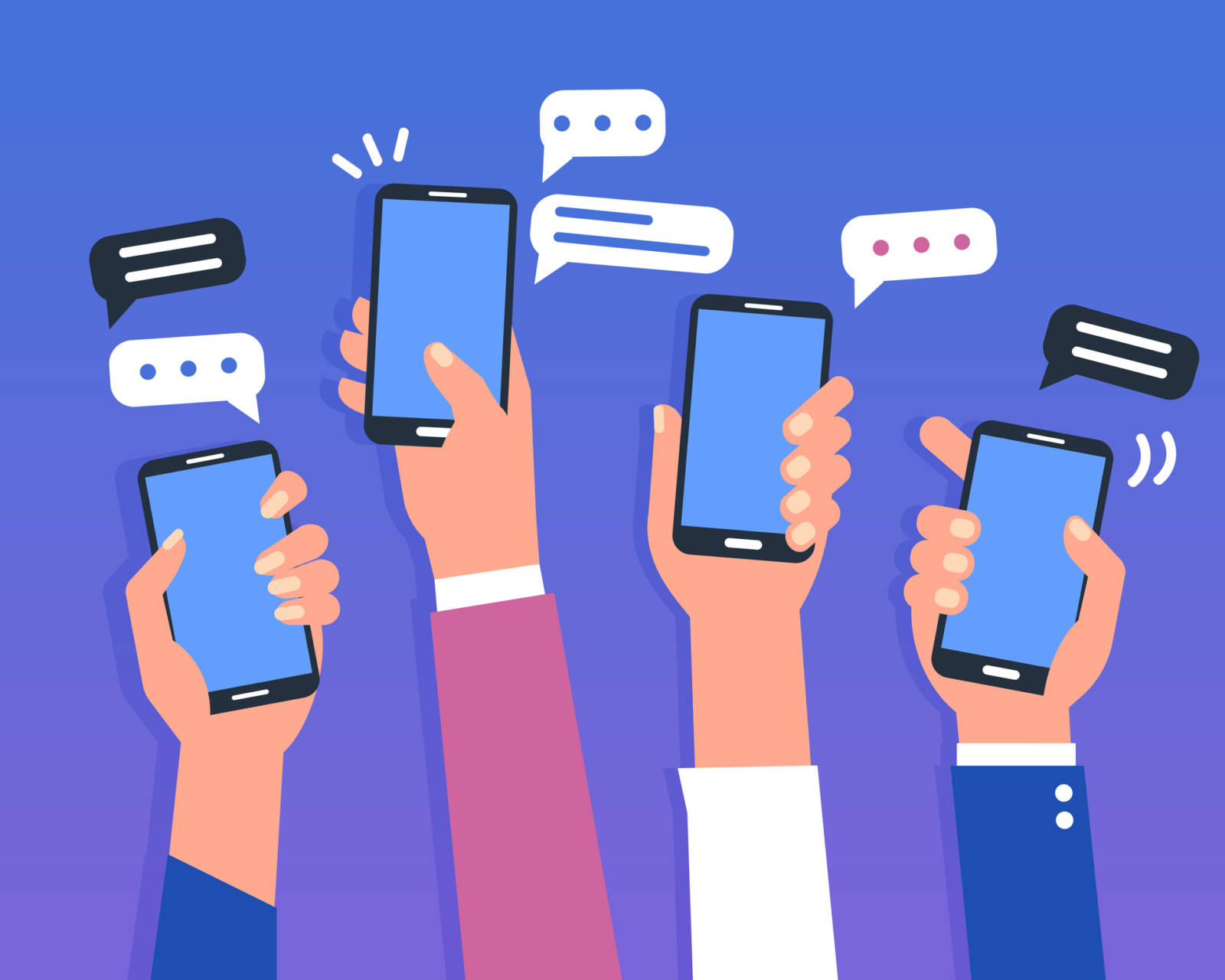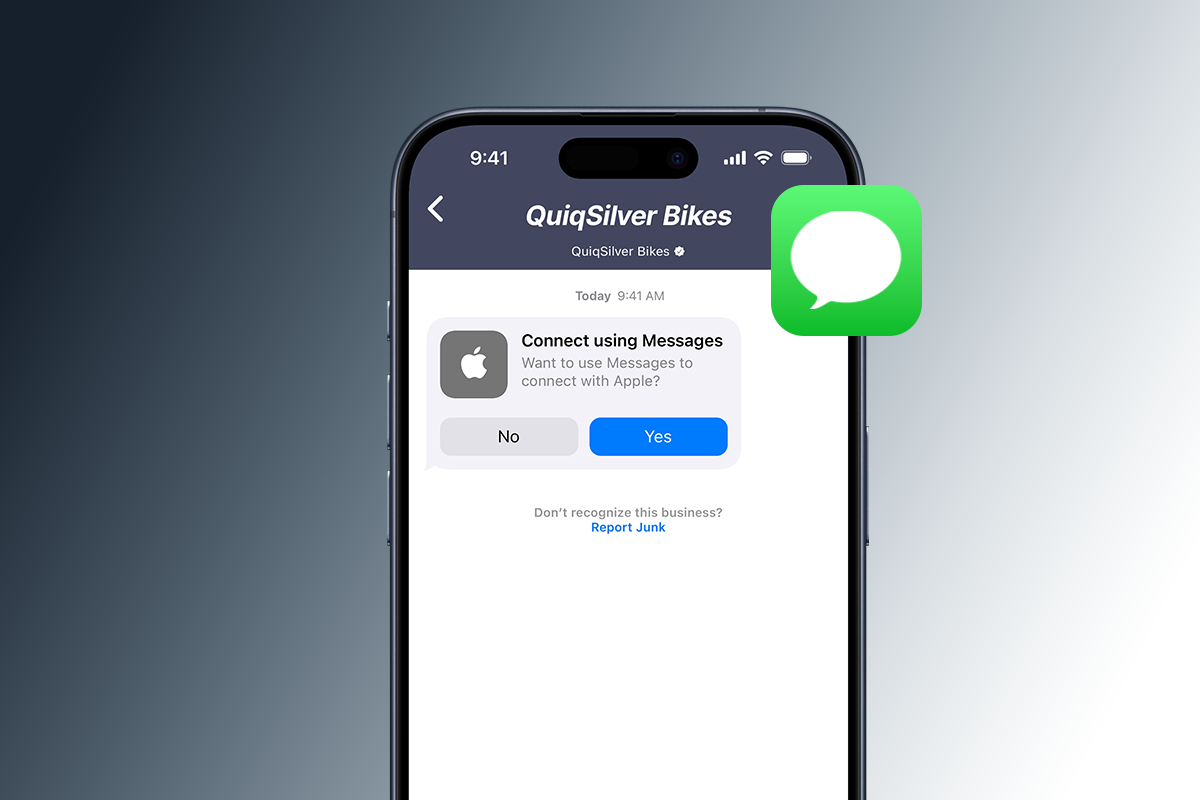We know that customers love texting for customer service. According to Pew Research, 64% of people prefer text messaging versus phone calls for customer service, and at the same time social media business messaging is on the rise. More than ever, consumers are looking to get their customer support issues addressed on their own timeline and through their channel of choice.
We reached out to various businesses to find out about their experiences with messaging for customer service. The responses highlighted various benefits for both parties involved, but convenience and efficiency were common themes. Although the power of texting for business expands beyond customer service alone, addressing customer questions and concerns is one of its most valuable applications.
Streamlining Customer Service Tasks
Rich messaging has made it possible for every step of the customer journey to be taken within a messaging window. Customers can select a product, make a secure transaction, and follow up with support inquiries, all without leaving the conversation. Many businesses are surprised by all of the benefits that cross-channel messaging can bring, as expressed by Daniel of Baker Street Funding:
“Everything from answering client questions, providing status updates; and even having clients send pictures of documents is done through our text messaging platform. We have found it extremely useful and it has been one of the main things that separates us from our competitors.”
Better Customer Service Solutions
Business text messaging comes naturally to consumers who already communicate with their friends and loved ones through this channel. As such, asking for help via messaging is often a consumer’s first choice. Many companies are seeing a decrease in support calls and an uptick in messages. Rahwa of MAIDSTR has observed firsthand the consumer preference toward messaging for customer service:
“We noticed that our customers increasingly wanted to engage via text, like they do with their friends and family, and that our inbound calls were decreasing.
So, we implement text-based customer service and found a greater level of interaction and engagement with our customers. Our customers still have the option of talking to a live person if needed, but we are definitely seeing a preference for text-based interaction via SMS or live chats over phone calls.”
Scheduling Success
Filling last minute cancellations or open schedule slots can be a challenge for virtually every direct-to-consumer service provider. The quick exchange of information through messaging offers a solution to these last-minute scheduling issues. Appointments can even be made within a message window itself, thanks to rich messaging. Gordon of GB Marketing & Communications shared a personal story which illustrates the customer experience when scheduling appointments and evaluating a service:
“When I was first evaluating [my chiropractor’s] service, text messaging was immediately used as part of the confirmation process as well as ensuring I knew where to go. Since that point, I get text messages as reminders when future appointments are set, as well as updates if another client cancels to see if I am interested in taking their open appointment spot last minute. From a customer / client perspective, I get a closer connection to their staff with texting, as you know there is a person on the other side that is there to respond to you as needed.”
Implementing Texting for Business
The successful implementation of business text messaging for customer service depends on several key factors. First, it’s critical that customers are able to access support via a channel which is familiar to them. SMS is the most popular messaging channel, though other platforms such as Apple Business Chat, Facebook Messenger, and Twitter Direct Message are also very helpful channels that offer useful tools for businesses to address the needs of customers. These include response suggestions, identity verification, and appointment scheduling.
Another important factor in providing satisfactory customer support is timing. Asynchronous messaging platforms, such as Quiq, allow customers to start and stop customer service conversations whenever it’s most convenient for them. In addition, Quiq’s Adaptive Response Timer automatically prioritizes incoming conversations for agents based on the cadence of the messages received, ensuring customers who are most engaged are taken care of first. Finally, bots can be incorporated into any part of the customer conversation from being used to route customers to the appropriate human agent, to present answers to common questions, or even to offload information collect from the agent before sending it back to them.
A Better Approach to Customer Service
As you can see, texting for business offers a far more engaging customer service experience for employees and customers alike. Quiq powers consumer to business communications over web chat and messaging. Whether the conversation happens over SMS, social media messaging, web chat, or any other popular messaging channel, Quiq provides agents with a more efficient, centralized way to address the needs of customers.
Many organizations, such as Brinks Home Security, Aspira, and Texas A&M, have achieved messaging success with Quiq. To find out what the power of true cross-channel messaging can do for your customer service organization, see a demo of Quiq today.





